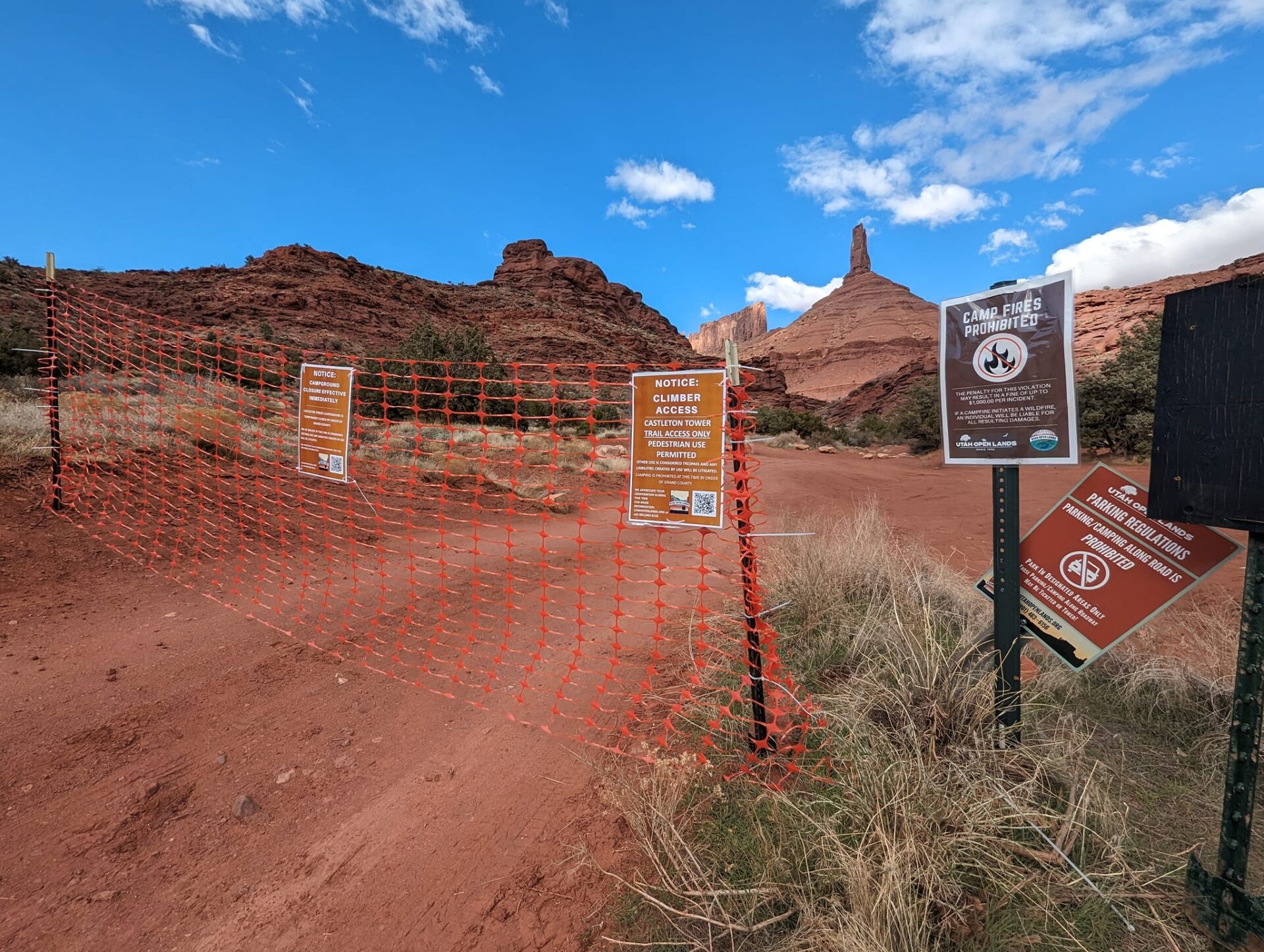Private landowners battling tamarisk can now get help from a public group working to restore the Dolores River.
The Dolores River Restoration Partnership recently announced a new initiative to work with private landowners who are interested in reducing tamarisk and other invasive plant species to improve forage and enhance wildlife habitat.
Since 2009, the Partnership has grown to include concerned citizens, land managers, private businesses and foundations, youth conservation corps crews, volunteers, non-profits and scientists. Together, they have worked to foster a thriving Dolores River system that is ecologically, socially and economically sustainable for multiple uses. The invasion of tamarisk is of particular interest to the Partnership because of tamarisk’s competitiveness. Its extensive growth can displace native vegetation, impair habitat and forage and increase risks associated with wildfire.
This summer, the Partnership is initiating a scaled-up program to support restoration work on private lands from below McPhee Dam to the Dolores River’s confluence with the Colorado.
Rick Schnaderbeck, with the U.S. Fish and Wildlife Service’s Partners for Fish and Wildlife Program, said, “We have received grants from private foundations and agencies that understand the importance of these collaborative efforts and are very excited to start delivering habitat improvement projects.”
Many times, habitat work can start as early as one month after meeting with a landowner, Schnaderbeck said.
The Partnership has already begun riparian restoration work on several private lands located near Gateway and the Stateline area. Federal, state and local agencies are working with non-profits and private landowners to remove tamarisk, Siberian elm and Russian knapweed and to replace these and other invasive species with native grasses, forbs and trees.
Shane Burton, a private landowner near Gateway, recently worked with the Partnership to remove tamarisk on his property.
“I’m continuously amazed at how many people care about restoring the vegetation and habitat along the Dolores and am very hopeful about getting my property back to a vital state,” he said.
In the coming months, Burton will continue to work with the Partnership to restore and revegetate his property.
For more information about the Partnership’s work and for private landowners interested in the new opportunities along the Dolores River, contact any of the following: Rick Schnaderbeck, US Fish and Wildlife Service, 970-270-0599, Rick_Schnaderbeck@fws.gov;
Daniel Oppenheimer, Tamarisk Coalition, 970-256-7400, doppenheimer@tamariskcoalition.org; or Peter Mueller, The Nature Conservancy, 970-728-5291, pmueller@tnc.org. Or visit the Partnership’s website at http://ocs.fortlewis.edu/drrp/.



